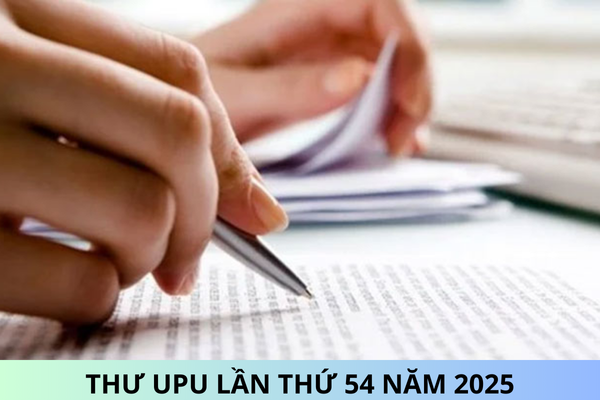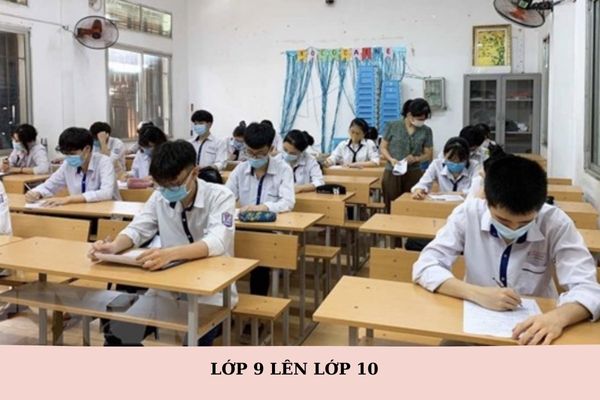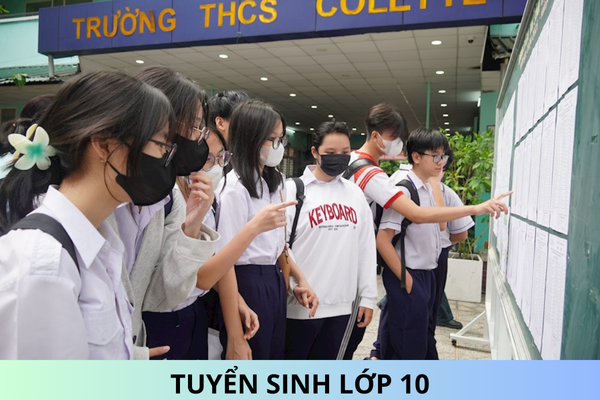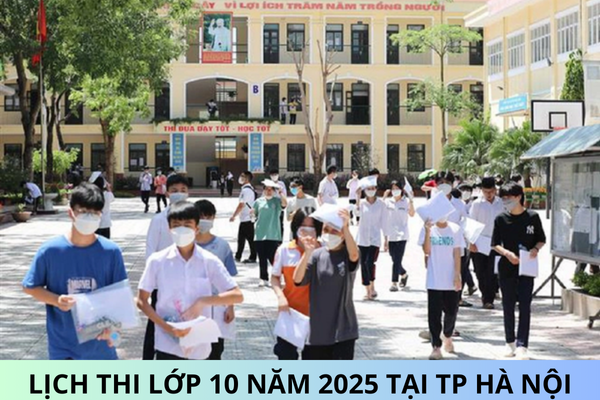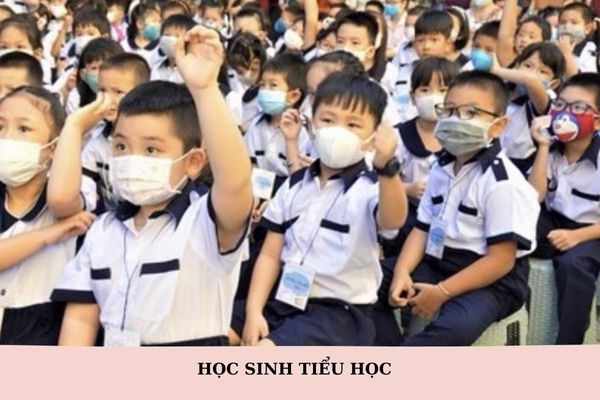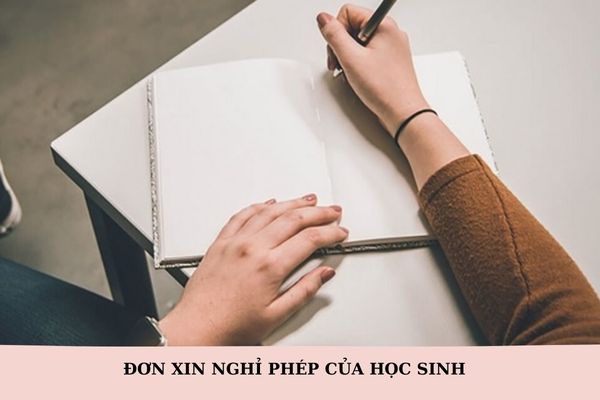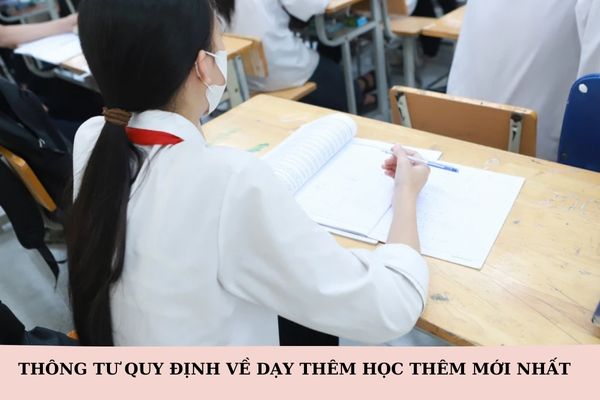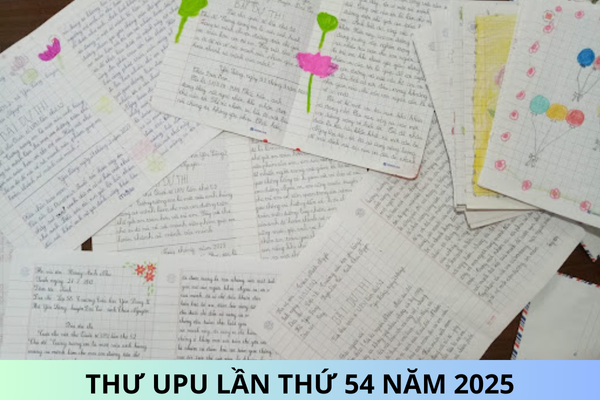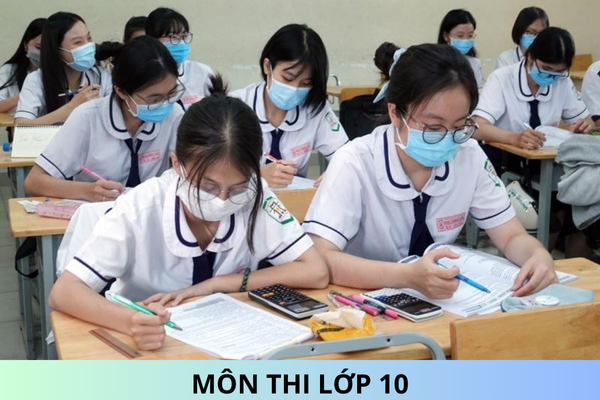What are regulations on terminology of math education in the Literacy Elimination Program in Vietnam?
What are regulations on terminology of math education in the Literacy Elimination Program in Vietnam? What words are used for assessment of math education in the Literacy Elimination Program in Vietnam? What are regulations on duration for math education in the Literacy Elimination Program in Vietnam? What are regulations on duration for each content of math education in the Literacy Elimination Program in Vietnam? What are regulations on teaching equipment for math education in the Literacy Elimination Program in Vietnam?
Thank you!
What are regulations on terminology of math education in the Literacy Elimination Program in Vietnam?
The second part of the Literacy Program promulgated together with Circular 33/2021/TT-BGDDT stipulating terminology of math education in the Literacy Elimination Program in Vietnam as follows:
Visual geometry: helps students go from concrete to abstract, from visual images to abstracted and formalized geometric knowledge. For example, according to the content in the sessions, students are familiar with learning geometry through visual images or visual tools (real objects), without inference elements. Therefore, the geometry taught in the early stages of the student's geometrical cognitive process is called visual geometry. When teaching visual geometry, teachers do not necessarily ask students to infer in order to avoid putting undue pressure on students. Teachers can also refer to formalized geometric knowledge if the student's perception are eligible to learn.
What words are used for assessment of math education in the Literacy Elimination Program in Vietnam?
The second part of the Literacy Program promulgated together with Circular 33/2021/TT-BGDDT stipulating words that are used for assessment of math education in the Literacy Elimination Program in Vietnam as follows:
Math uses a number of verbs to show how well learners meet the requirements, which are outlined in the summary table below. Some verbs are used to different degrees but in each case express an action with a specific object and request.
In the process of teaching, especially when asking discussion questions, making assessment tests, teachers can use the verbs listed in the summary table or replace them with verbs with equivalent meanings with pedagogical situations and specific tasks assigned to students.
|
Level |
Some verbs describe the degree |
Illustration |
|
Know (Recognize and recall previously received information) |
Read; Count; Write; Get acquainted; Identification; Know. |
- Count, read, write numbers within 10. - Get familiar with estimating the number of objects in groups of 1 dozen. - Recognize quadrilaterals through the use of personal school supplies or real objects. - Recognize number rays. |
|
Understand (Understanding the meaning of information, expressing information according to personal understanding) |
Describe; Explain; Show; Arrange. |
- Read and describe data in tabular form. - Explain basic properties of fractions - Present quantities using decimals. - Arrange the data into the column chart. |
|
Manipulate (Applying known information to a new situation, condition or to solve a problem) |
Calculate; Draw; Perform; Use; Manipulate; Compare; Distinguish; Explanation; Handle. |
- Calculate the length of the bend when the lengths of the sides are known. - Draw a line segment of a given length - Perform addition of two decimals - Use compass to draw circles. - Apply the rule of calculating the area of a rectangle to solve some practical problems. - Compare two given fractions. - Distinguish between right and non-square angles - Explain how to convert decimal fractions to decimals - Solve some simple practical problems related to flat shapes and learned shapes. |
What are regulations on duration for math education in the Literacy Elimination Program in Vietnam?
The second part of the Literacy Program promulgated together with Circular 33/2021/TT-BGDDT stipulating duration for math education in the Literacy Elimination Program in Vietnam as follows:
|
Semester |
1st |
2nd |
3rd |
4th |
5th |
|
Number of periods |
75 |
95 |
100 |
135 |
132 |
|
Stage |
Stage 1 (270 hours) |
Stage 2 (267 periods) |
|||
|
Total period |
537 (periods) |
||||
In the 267 periods of stage 2, there are 02 thematic topics, each with a duration of 5-10 periods (Math has 3 thematic topics for teachers and students to choose two appropriate topics in accordance with local characteristics and practical conditions.)
The duration of each lesson is 35 minutes/period.
What are regulations on duration for each content of math education in the Literacy Elimination Program in Vietnam?
The second part of the Literacy Program promulgated together with Circular 33/2021/TT-BGDDT stipulating duration for each content of math education in the Literacy Elimination Program in Vietnam as follows:
The estimated time (in %) for the content circuits in each class (not counting the learning topics) is as follows:
|
Content Semester |
Numbers and Calculations |
Geometry and Metrology |
Statistics and Probability |
|
|
Math |
1st semester |
85% |
15% |
0% |
|
2nd semester |
75% |
20% |
5% |
|
|
3rd semester |
70% |
25% |
5% |
|
|
4th semester |
75% |
20% |
5% |
|
|
5th semester |
55% |
40% |
5% |
|
|
All 05 semesters |
71% |
24% |
5% |
|
What are regulations on teaching equipment for math education in the Literacy Elimination Program in Vietnam?
The second part of the Literacy Program promulgated together with Circular 33/2021/TT-BGDDT stipulating teaching equipment for math education in the Literacy Elimination Program in Vietnam as follows:
3.1. Math teaching equipment contains and describes knowledge capable of supporting teachers and students towards specific mathematical objects (concepts, relationships, mathematical properties, etc) in order to discover, explore and deepen knowledge, etc in the process of learning Math.
3.2. The use of equipment for teaching Mathematics must meet the following requirements:
- Teaching equipment must serve the goal of teaching Mathematics, be suitable to the learning content and target audience, support the innovation of teaching methods, and avoid increasing the content of teaching and work. teachers and unnecessarily costly.
- Use it at the right time and in the right place, avoiding forms or abuse that backfire and reduce the effectiveness of the teaching process; create conditions for students to really practice and manipulate on teaching devices, thereby helping students to actively and actively explore and discover knowledge and contribute to the development of "capacity to use tools, and means of learning mathematics”.
- Encourage the use of modern audio-visual and technical means to support the teaching process, while attaching importance to the use of traditional media. When possible, teachers guide students on how to search for information and materials on the Internet or reputable educational television programs to expand their knowledge and self-study capacity.
- Enhance self-made teaching equipment: In addition to the minimum teaching equipment specified in the list issued by the Ministry of Education and Training, it is necessary to mobilize the initiative and creativity of students, teachers and parents. parents in exploiting, designing and using self-made teaching equipment.
- Coordinate and flexibly use different types of teaching equipment: Each type of device has certain advantages and limitations, so depending on the content of the lesson and teaching methods, it can be used in combination. various types of teaching equipment and coordination in a reasonable, scientific and lively manner.
3.3. Based on the goals and requirements of the Math program, the teacher compares and contrasts the list of minimum teaching equipment for primary school math issued by the Ministry of Education and Training to review, add some equipment suitable to the characteristics of the audience.
Best regards!
